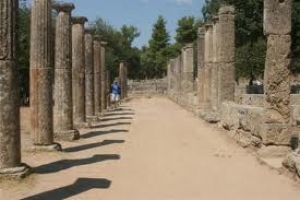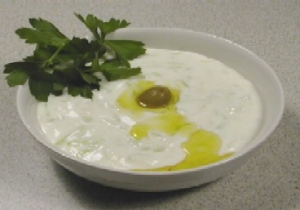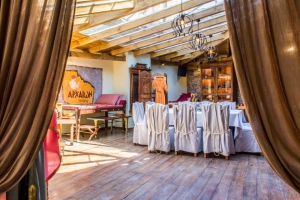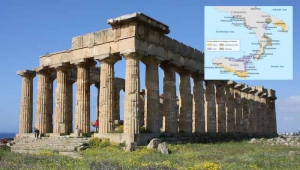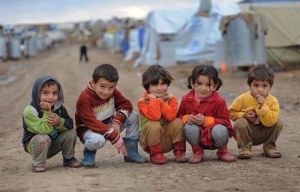which included mayonnaise and sour cream, and a few other things that are strangers to authentic Greek tzatziki! The responses she got to her recipe were excited affirmations that this indeed sounded like the tzatziki they’d all tried and loved in the States. I struggled with my response… Should I write back and explain that tzatziki, the way we have it here in Greece, is a very simple recipe?
I ran a quick online check for tzatziki recipes (try it yourself!) and indeed, quite a few of the recipes I found included sour cream or mayo. This made me think of the various flavored Hummus recipes you find in other countries (what? you didn’t know that original Hummus does not come in flavors such as red pepper? Well, that’s a discussion for another day!).
Tzatziki is something I take very seriously, being a very serious tzatziki aficionado. When I was much (much much) younger my family called me “miss tzatziki,” making sure to order a plate of that heavenly stuff just for me every time we went out. What’s more delicious than dipping your bread, your meat, your fries, your fried zucchini, your everything into that wonderfully-flavored yogurt? I finally decided to answer my online friends, explaining that although their version of tzatziki sounded quite yummy, real tzatziki is a very plain yogurt-garlic-salt-oil recipe that is sometimes accessorized with dill or vinegar. I decided to do so, with the hope that they’d find this delicious (and certainly healthier!) recipe satisfactory. Here is the recipe we love to make here at home, passed down from my yiayia. I hope you enjoy it, too.
If you don’t have Greek yogurt, you could strain your yogurt on some napkins overnight. Try to change the napkins often so they soak up all the ‘water’ from your yogurt.
3 cups of strained yogurt
1 small cucumber very finely grated
3-4 garlic bulbs
1/4 tsp of salt
3-4 spoons of olive oil
3 spoons of dill (optional)
splash of vinegar
Mix the yogurt, cucumber, garlic, splash of vinegar, and salt. Dill has a very strong flavor, so you could leave it out altogether or put as much as you’d like. Garnish with olive oil. Enjoy!!





